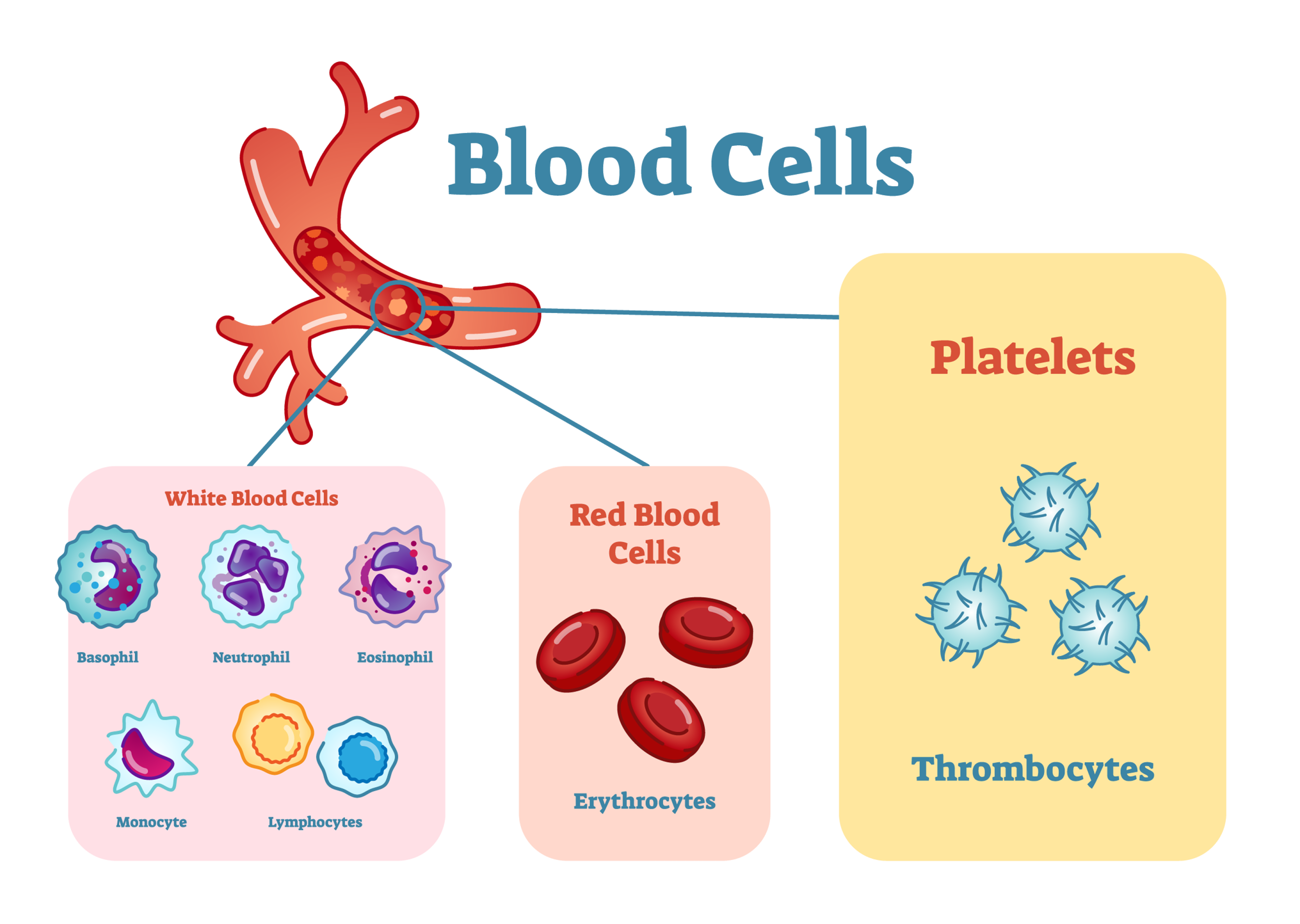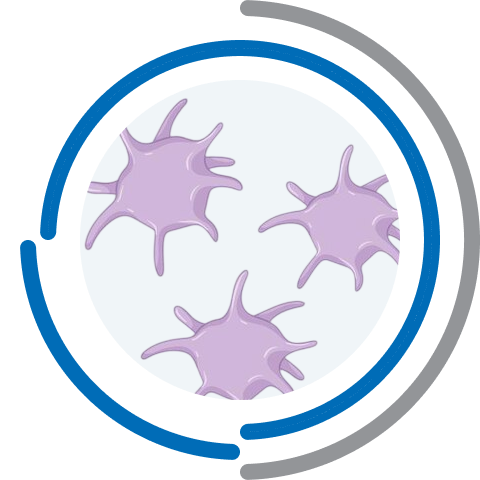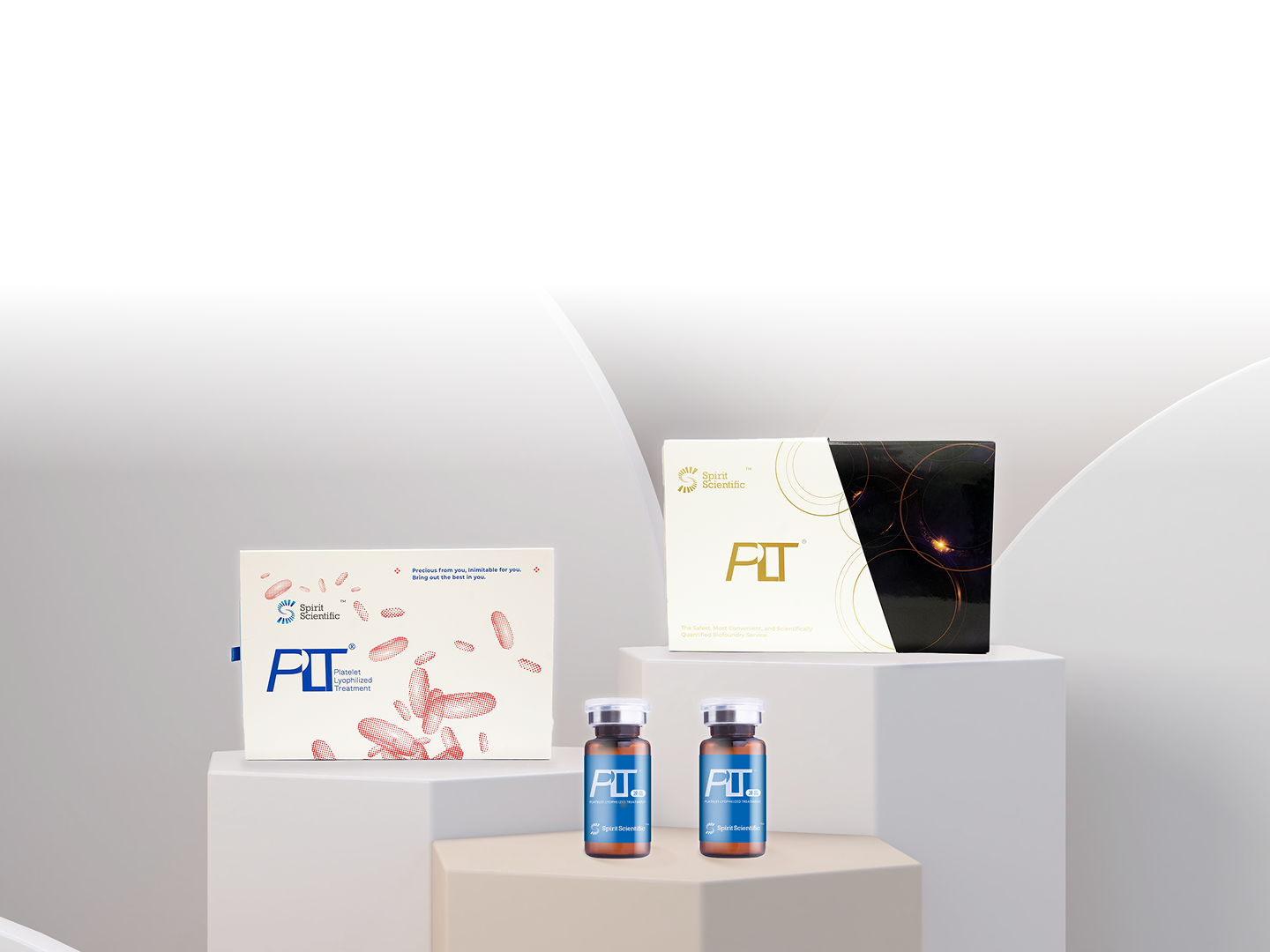Scroll to Top
Human blood can be divided into plasma and cellular components. Plasma accounts for approximately 55% of the total blood volume, while the cellular components make up about 45%. The cellular fraction consists of red blood cells, white blood cells, and platelets. Platelets are primarily known for their roles in blood clotting and tissue regeneration. In a healthy adult, each milliliter of blood contains on average 150,000 to 450,000 platelets.

Platelets contain a variety of growth factors, such as PDGF, TGF-β, and EGF, which are released from activated platelets into body tissues to support and promote the growth and repair of various cells. They play a critical role in the body’s self-repair mechanisms. For instance, PDGF promotes cell growth and differentiation, collagen synthesis, and osteoblast proliferation, while EGF stimulates cell proliferation and differentiation.


PLT (Platelet Lyophilized Treatment) is a high-concentration platelet therapy derived from autologous blood. Using patented technology, the purest platelets are isolated and transformed into a freeze-dried product, effectively concentrating and preserving the patient’s own optimal resources for use beyond temporal limitations.
The precisely quantified, high-concentration platelets, together with abundant growth factors, enable clinicians to tailor treatments according to each patient’s individual physiological condition.